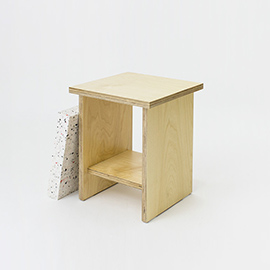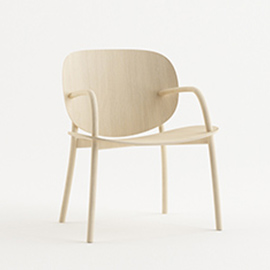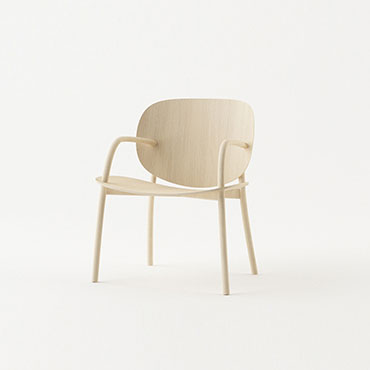Product Display
A plastic processing technology, the main principle is to heat and soften flat plastic hard sheets, use vacuum adsorption on the surface of the mold, cool and form, widely used in plastic packaging, l
- Product size: On demand customization
- Material: PVC
- Product process: Vacuum forming
- scope of application: food
A plastic processing technology, the main principle is to heat and soften flat plastic hard sheets, use vacuum adsorption on the surface of the mold, cool and form, widely used in plastic packaging, lighting, advertising, decoration and other industries.
The main advantages of vacuum packaging are that it saves raw materials, is lightweight, easy to transport, has good sealing performance, and meets the requirements of environmentally friendly and green packaging; Can package any shaped product without the need for additional cushioning materials during packaging; The packaged product is transparent and visible, with a beautiful appearance, easy to sell, and suitable for mechanized and automated packaging, which facilitates modern management, saves manpower, and improves efficiency.
Blister products are processed from plastic, and their product generation principle is to heat and soften flat plastic hard sheet materials, then vacuum adsorb them onto the surface of the mold, and cool them to form. Blister products are widely used in industries such as electronics, electrical appliances, food, hardware tools, cosmetics, toys, daily necessities, pharmaceuticals, health products, automobiles, stationery, and cultural and sports products.
By observing the appearance of plastic, it is possible to preliminarily identify the major categories of plastic products: thermoplastic, thermosetting plastic, or elastomer. Generally, thermoplastic plastics can be classified into two types: crystalline and amorphous. Crystalline plastics appear semi transparent, milky or opaque in appearance, only transparent in a thin film state, with hardness ranging from soft to keratinous. Amorphous is generally colorless and fully transparent when no additives are added. Its hardness ranges from harder than that of keratinized rubber (in which case plasticizers and other additives are often added). Thermosetting plastics usually contain fillers and are not transparent, but they are transparent without fillers. The elastomer has a rubber like feel and a certain degree of stretch.
The heating characteristics of the three types of plastics mentioned above are also different, and can be identified through heating methods. Thermoplastic materials soften and melt easily when heated, and become transparent when melted. They can often be pulled out of the melt and are usually easy to heat seal. Thermosetting plastics are heated until the material undergoes chemical decomposition, maintaining their original hardness without softening and relatively stable size, and then carbonizing at the decomposition temperature. When the elastomer is heated, it does not flow until it reaches the chemical decomposition temperature, at which point the material decomposes and carbonizes.
Before using various plastic recycling methods to reuse waste plastics, most of them need to be sorted. Due to the diverse and complex channels of plastic consumption, some post consumer plastics are difficult to distinguish simply by their appearance
- Product size: On demand customization
- Material: PVC
- Product process: Vacuum forming
- scope of application: food





